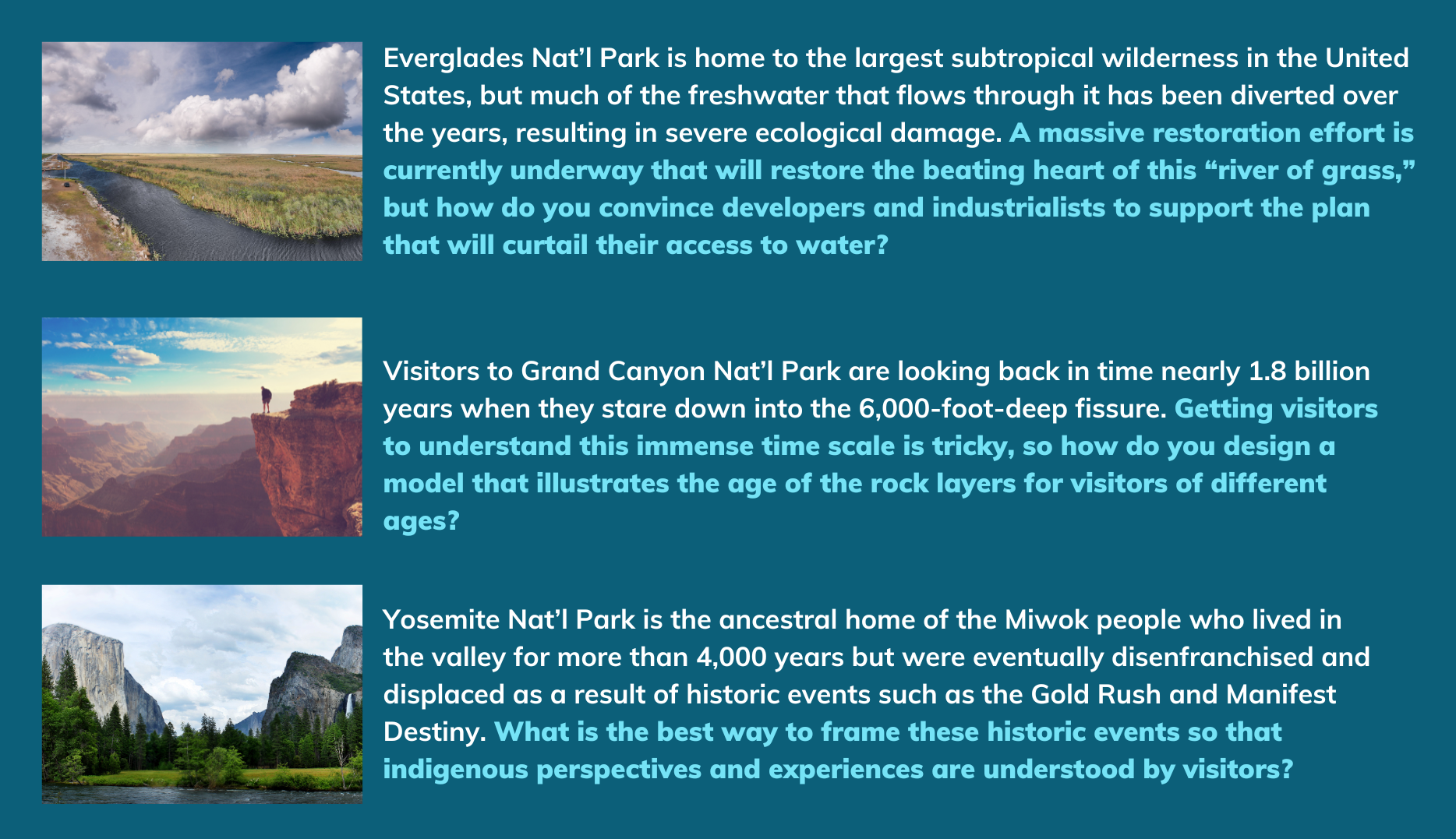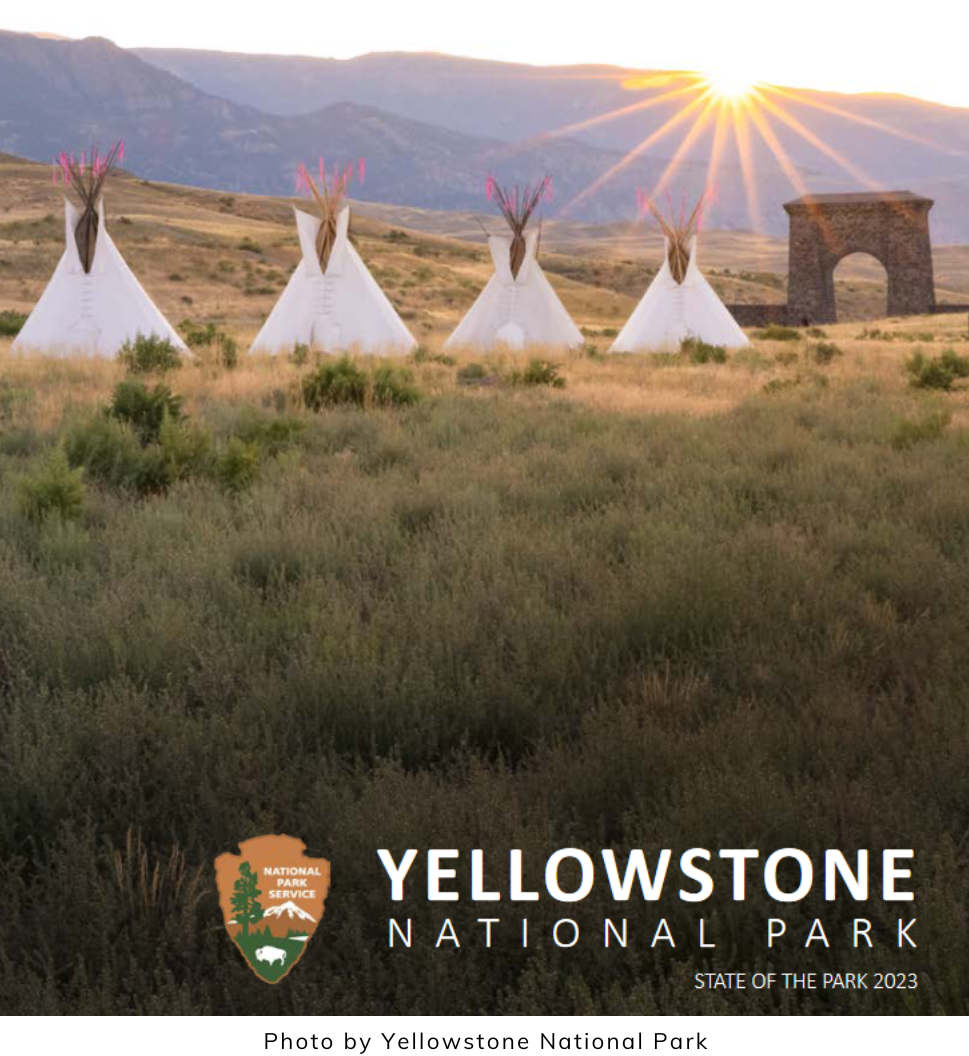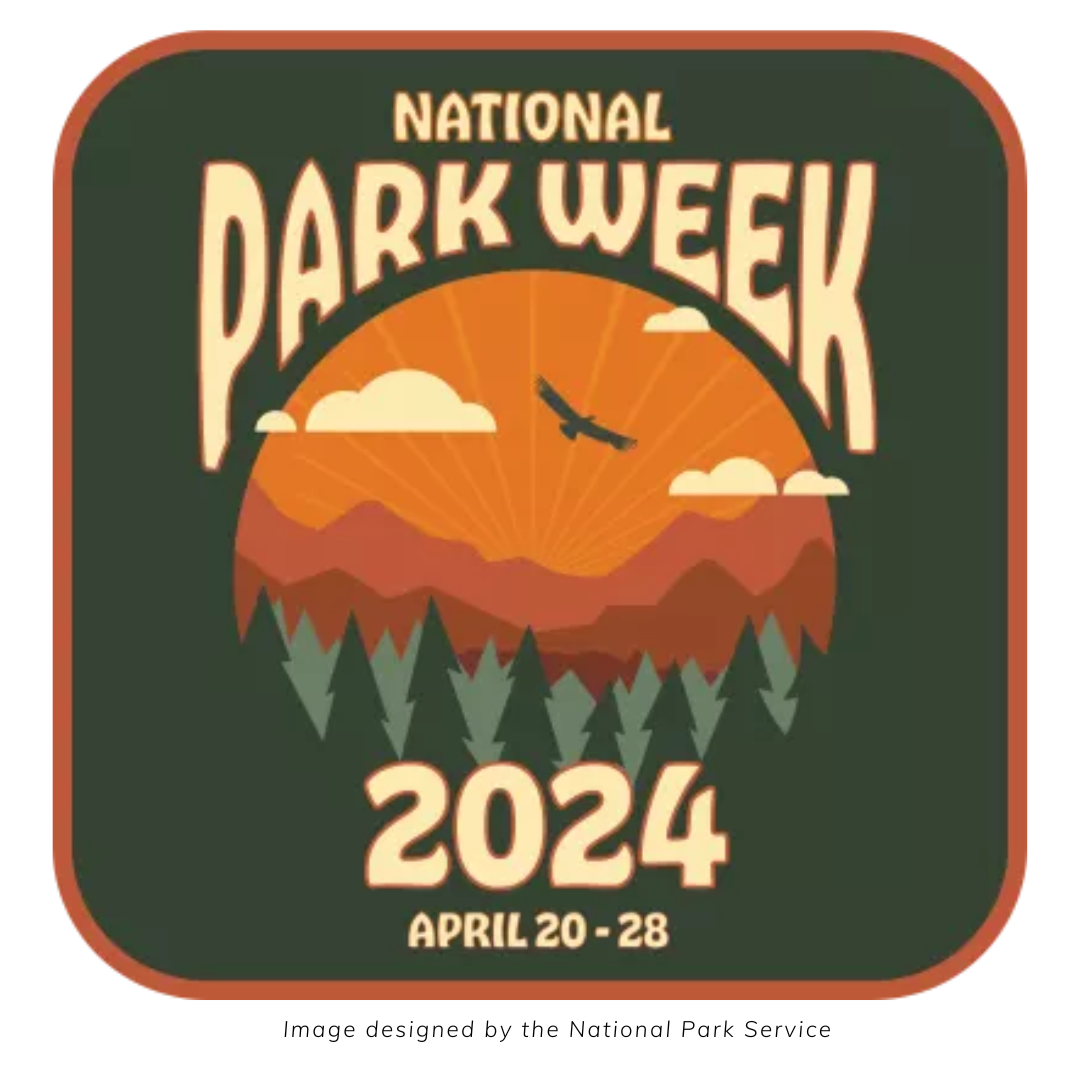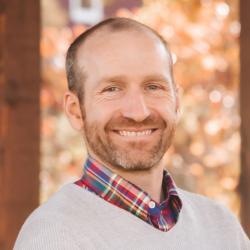
With more than 1,500 attendees at last year's PBL World conference, luck, perhaps providence, connected me with West Virginia educator Kennedy Moore. Kennedy, an accomplished middle school teacher and a PBL veteran, shared a project she designed that was inspired by the designation of West Virginia’s first national park, New River Gorge, which was within walking distance of her school in Fayetteville, West Virginia. Kennedy explained that she had already collaborated with rangers there before it was a national park, but the recent designation had provided her an opportunity to connect that work to a larger project focused on her community. The local Chamber of Commerce knew that a national park designation meant lots of tourists and lots of potential revenue for local businesses, but the challenge was that Fayetteville was located on the northern side of the river across from the park. How to get tourists interested in traveling “north of the new” became the driving question for Kennedy’s next project.
“NORTH OF THE NEW”: A PROJECT’S SUCCESS
She and her students began by learning all they could about the park. They delved into the human history of the area. Led by park rangers, they learned about the impact of activities like mining on the river through hands-on field work. Additionally, they applied the math they were studying to better understand traffic patterns and where visitors went within the area. All of this background knowledge helped them to design a more compelling final product, pinpointing the best place to engage park visitors with their creations.
They came up with lots of possible solutions that they pitched to their local Chamber of Commerce, such as podcasts and brochures, but eventually created a bingo card highlighting the cultural attractions and businesses in their community that could be left in high-traffic locations throughout the park. Visitors could then play by patronizing businesses in Fayetteville. The local stakeholders were so impressed that they even agreed to fully fund the rewards earned by completing the card.
Kennedy’s project is a perfect example of how national parks can be fantastic resources for teachers seeking inspiration for their next Gold Standard project. By incorporating elements of place-based learning, you can ground what goes on in the classroom to the communities and lived experiences of the students themselves. Not only are national parks places that many of your students might already be familiar with, but they are also managed by an organization with a history of collaborating with teachers and students—the National Park Service (NPS).
NATIONAL PARKS AS A SOURCE FOR DRIVING QUESTIONS
The mission of the National Park Service, to “preserve unimpaired the natural and cultural resources” within the system of 426 individual park units, means that park rangers are always encountering challenging problems or questions that, if leveraged correctly, can translate into authentic and rigorous projects. In my upcoming book, which focuses on using national parks to create high quality Project Based Learning experiences, I share many examples of what this looks like.
Here are just a couple of examples to illustrate the kinds of big questions park rangers are currently trying to answer:

GETTING STARTED ON YOUR OWN NATIONAL PARKS PROJECT
Regardless of where they live and go to school, your students are part owners of each of these remarkable places, and as part owners, they have an interest in answering questions like these that are essential to the preservation of their national parks.
Many parks encourage students across the country to weigh in on questions through educational programs, questions that are often open ended, engaging, and linked to learning goals in ways that make them perfect driving questions. So, if you know where to look, you can use these same resources for inspiration in your next project.
Here are a couple of places to get started:
Teacher Portal
Whenever you begin a project, you need to start with Key Knowledge, Understanding, and Success Skills at the center. Beginning with the end in mind in this way ensures that your projects don’t become “one more thing” you have to find time for. As luck would have it, there is a resource for finding curricular connections within our national park system. The NPS Educators Portal allows you to search the vast library of resources, including over 1300 lesson plans aligned to national standards frameworks in most subject areas. One of them could become the basis for your next project!
State of the Park Reports
Every national park is required to periodically publish a detailed report that shares important information about ongoing initiatives and projects, including ongoing challenges that need to be addressed. If you examine this one produced by Yellowstone Nat’l Park, you’ll see that the park is trying to address challenges like increasing employee housing, preservation of wildlife, and better inclusion of the 27 associated tribes. Could one of these challenges be framed in a way that connects to your learning goals and become the basis for your next project?

Ranger-Teacher Collaborations
If you are one of the 96% of Americans who live within less than two hours of a national park, then reaching out directly to the one closest to you is a smart idea. Park rangers have deep knowledge and passions for the subject areas relevant to their parks. They are also mission driven to educate people about these resources. Many times they are seeking collaborators just like you to fulfill this educational mandate, so calling or, better yet, visiting the park could be the best step. Many of the best examples of rangers and teachers working together on projects have begun with a simple phone call or visit, so if you’re not finding what you need online, go straight to the source!
Urban-Suburban-Rural
Most national parks are located in rural areas, which on the surface might make them seem less relevant to students who live within dense urban environments. But this is not the case! Not only are there many incredible parks in some of our nation’s largest cities like Gateway, Pullman, and the Gateway Arch, but many cities have their own dedicated parks that provide lots of resources. A great example is the NYC Park Rangers who offer great resources, like their tree science curriculum that can be conducted with the trees that line city streets or parks.
These are just a few possible places that might inspire you. With National Park Week just around the corner, there is no better time to introduce your students to “America’s Best Idea!”
Also, throughout National Parks Week, the National Park Service is offering daily challenges and opportunities designed to deepen your connection with national parks and inspire creative learning. Learn more here.


